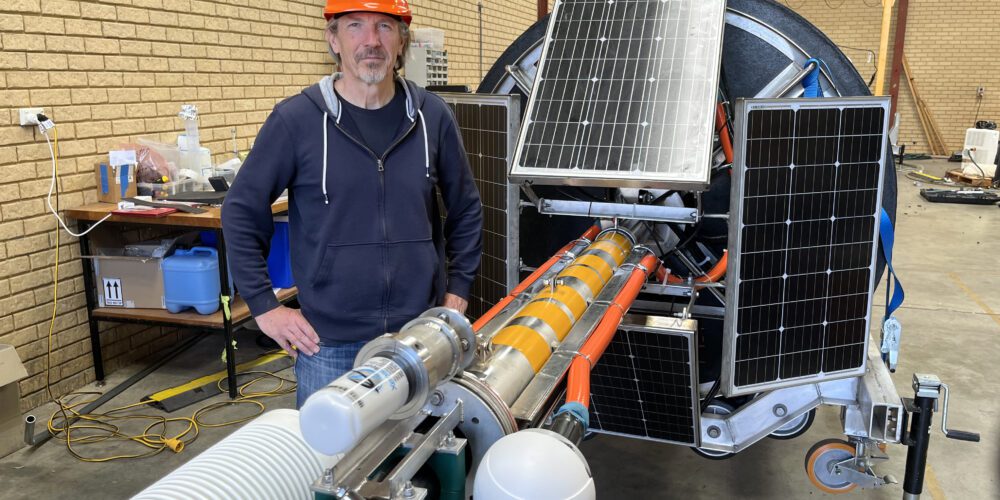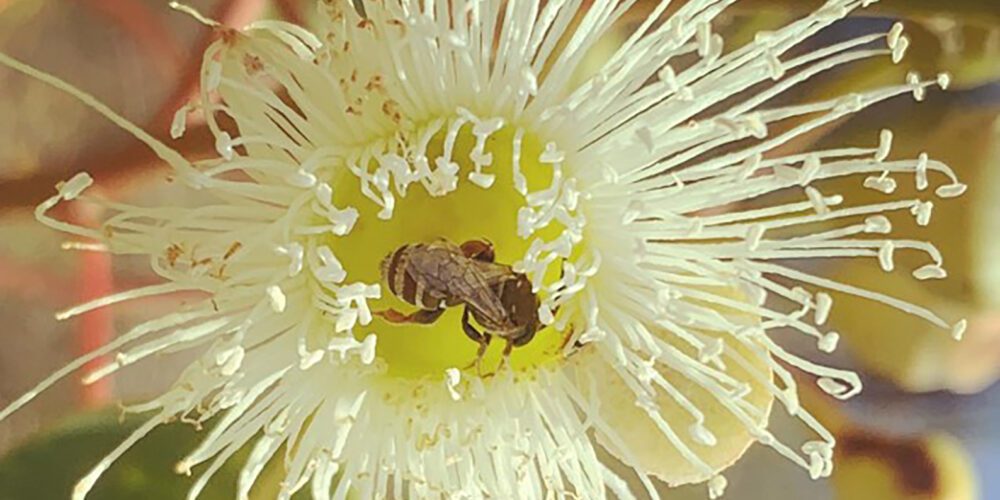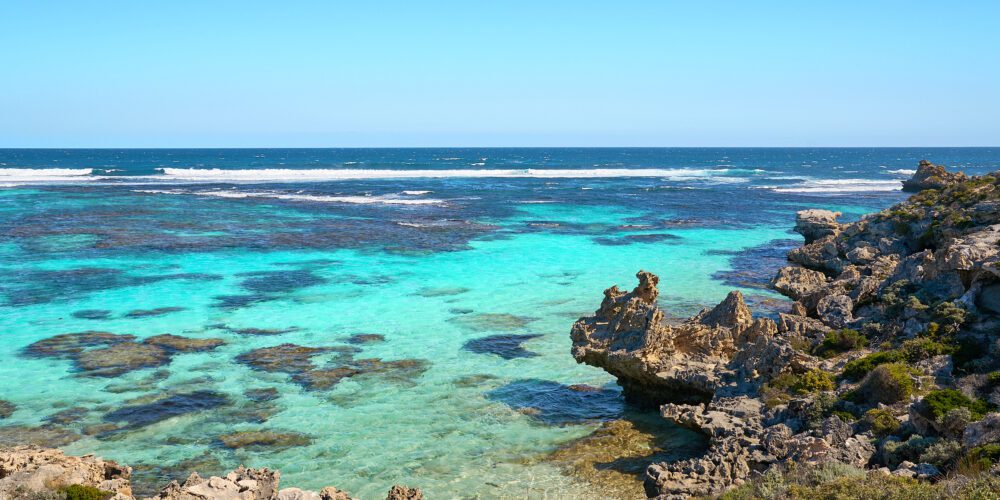Fresh findings: earliest evidence of life-bringing fresh water on Earth

New Curtin-led research has found evidence that fresh water on Earth, which is essential for life, appeared about four billion years ago – five hundred million years earlier than previously thought.
Lead author Dr Hamed Gamaleldien, Adjunct Research Fellow in Curtin’s School of Earth and Planetary Sciences and an Assistant Professor at Khalifa University, UAE, said by analysing ancient crystals from the Jack Hills in Western Australia’s Mid West region, researchers have pushed back the timeline for the emergence of fresh water to just a few hundred million years after the planet’s formation.
“We were able to date the origins of the hydrological cycle, which is the continuous process through which water moves around Earth and is crucial for sustaining ecosystems and supporting life on our planet,” Dr Gamaleldien said.
“By examining the age and oxygen isotopes in tiny crystals of the mineral zircon, we found unusually light isotopic signatures as far back as four billion years ago. Such light oxygen isotopes are typically the result of hot, fresh water altering rocks several kilometres below Earth’s surface.
“Evidence of fresh water this deep inside Earth challenges the existing theory that Earth was completely covered by ocean four billion years ago.”
Study co-author Dr Hugo Olierook, from Curtin University’s School of Earth and Planetary Sciences, said the discovery was crucial for understanding how Earth formed and how life emerged.
“This discovery not only sheds light on Earth’s early history but also suggests landmasses and fresh water set the stage for life to flourish within a relatively short time frame – less than 600 million years after the planet formed,” Dr Olierook said.
“The findings mark a significant step forward in our understanding of Earth’s early history and open doors for further exploration into the origins of life.”
The authors are part of the Earth Dynamics Research Group and the Timescales of Mineral Systems Group, which sit within Curtin’s School of Earth and Planetary Sciences, and the John de Laeter Centre.
Part of the research was done using the CAMECA 1300HR3 instrument in the John de Laeter Centre’s Large Geometry Ion Microprobe (LGIM) facility, which was funded by AuScope (via the Commonwealth National Collaborative Research Infrastructure Strategy), the Geological Survey of Western Australia and Curtin University.
For more information, the full study titled ‘Onset of the Earth’s hydrological cycle four billion years ago or
earlier’ is published in the journal Nature Geoscience and can be found here: https://www.nature.com/articles/s41561-024-01450-0 (DOI: 10.1038/s41561-024-01450-0)



